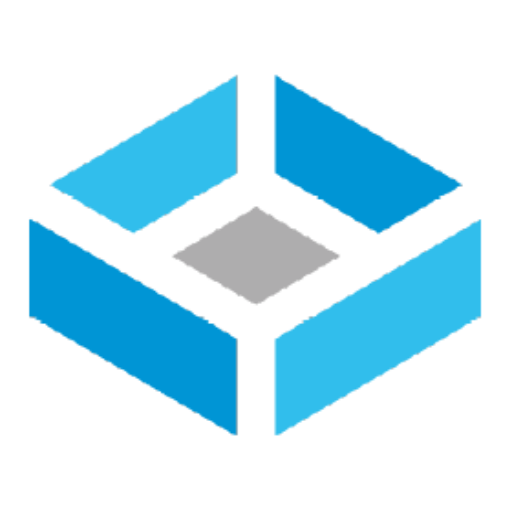Yes, you can have all 4 disks in the same pool, with the same sized disks mirroring each other. The mirrored pairs are striped, though because the are uneven sizes, ZFS will write more to the 4TB pair to maintain same amount of free space on them. Best case, performance is better with 2 x 2 disk mirrors than 1 x 2 disk mirror.
This allows you at some future date to replace the smaller mirror pair with larger, to grow the pool. This is done live, by replacing 1 disk at a time. When done, replace the other. For safeties sake, if you have a spare disk port & bay, you can replace in place, meaning you tell ZFS to replace an existing disk with another disk while both are in the system. This causes ZFS to make a temporary 3 way mirror and when the re-silver is complete, break off the old disk, restoring the mirror back to 2. This is mostly automatic, except installing the new disk, issuing the replacement command, and removing the old disk.
Or you can add a new mirrored pair to your pool, (so 3 x 2 disk Mirrors). Or create a new ZFS pool. Depends on what you need.
WD Blue & Green likely are not suitable for use with ZFS, if they have the TLER set high, or Idle Head Parking enabled. TLER is good for desktop drives, not good for ZFS or other RAID configurations. Basically TLER, (Time Limited Error Recovery, Seagate has similar feature, but different name for it), means on read error, the drive will give up error recovery sooner, like 7 seconds. But desktop drives generally default to more than 1 minute.
With short TLER, ZFS finds an error, reads the redundant block from the Mirror disk, supplies it to the user and re-writes the good data on to the bad block. SATA will automatically spare out a bad block on write. Since ZFS wrote good data automatically, you get your redundancy back quickly.
However, with long TLER, like a minute, ZFS, (and some other RAID software or firmware), may decide that the disk that is no longer responding, is completely bad. The disk may be dropped off the Mirror as faulted, instead of a simple bad block. So in this case, you loose your redundancy completely.
Next Idle Head Parking can cause the disks to be not ready with ZFS wants to do something. This can cause errors, though sometimes harmless errors.
With ZFS, if you loose a vDev, (aka both disks in a mirrored pair), completely, you loose everything. Full restore from backup time. But, loose a block on 1 disk, if their are spare blocks on that disk, ZFS will auto-correct.


